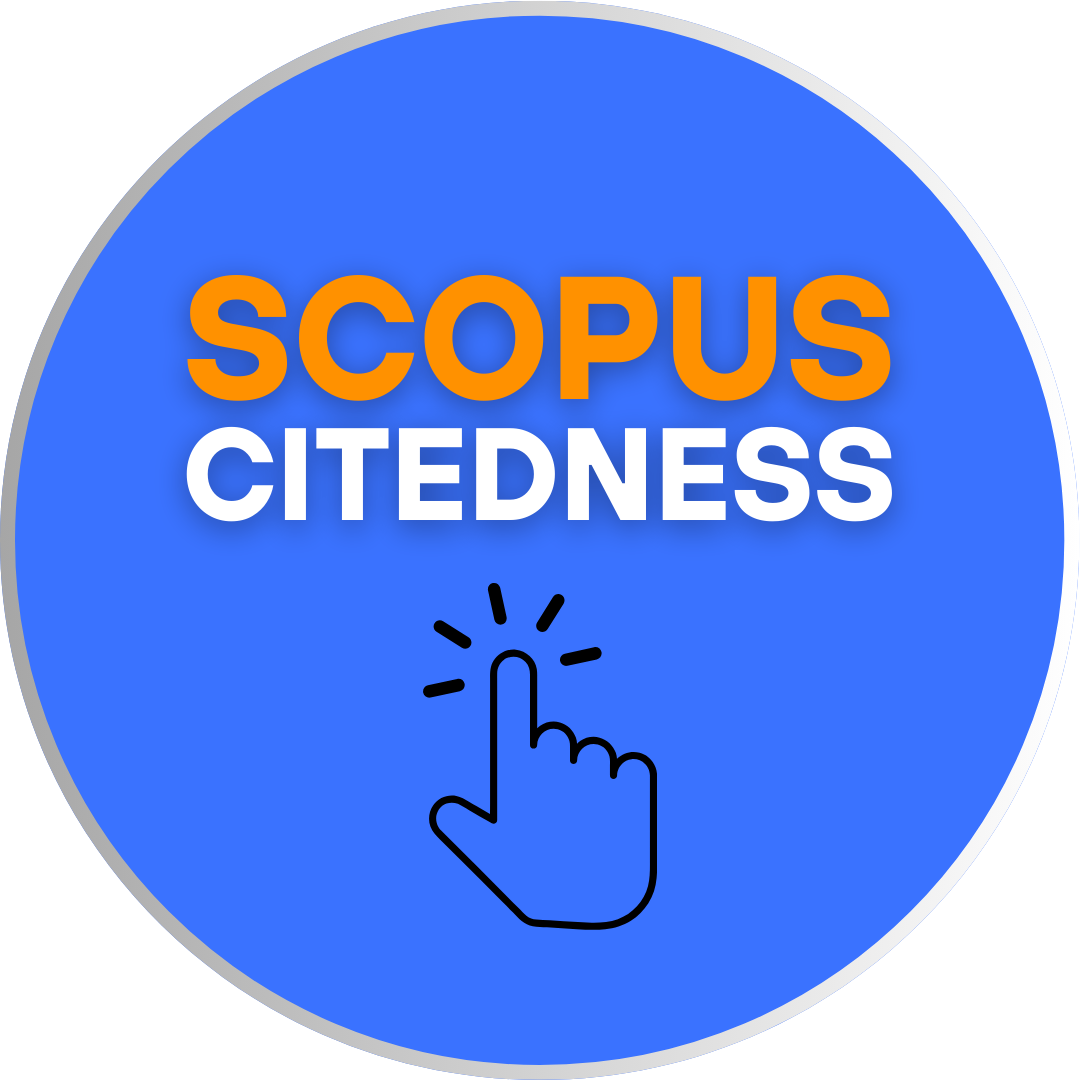SHORT MOVIE PRODUCTION TO ENCOURAGE ASIAN DIGITAL NATIVES TO SPEAK ENGLISH
DOI:
https://doi.org/10.18592/let.v8i1.2197Keywords:
Short movie production, English speaking, Asian digital natives.Abstract
Speaking in foreign language is a productive skill that requires not only sufficient language input and communication strategy, but also a lot of practices and experiences. Students who cannot fulfill all those requirements might get problems during speaking, especially those who have low confidence level, insufficient communication skill, lack of vocabulary and lack of automaticity. Students often hesitate during speaking too because they are afraid of making mistakes, losing face and criticism. Such problems are commonly found among English learners in Asia, especially where English is a foreign language and access to English natural environment and English daily practices is extremely limited. Certain teaching strategies are then needed to overcome these obstacles; one of them is movie production. This study views teenage students in Asia as digital natives that can take a lot of benefits from technology to improve their English and make English language part of their life even though they do not live in natural English environment. Through movie production, students get freedom of expression without feeling anxious that they are being formally graded. It is fun and challenging and explores their language creativity; they can rehearse as much as they want; consult the dialogue to their teachers; and correct their mistakes and learn from it. In brief, this task integrates many communication skills needed in speaking, improves their confidence, and gives them real experience and a lot of practice. The movie can as well be evaluated to assess students' progress in speaking.References
Blair, Nancye. 2012. Technology Integration for the New 21st Century Learner. Retrieved from https://www.naesp.org/principal-januaryfebruary-2012-technology/technology-integration-new-21st-century-learner.
Clement, R., Dornyei, Z., & Noels, K.A. (1994). Motivation, Self-Confidence, and Group Cohesion in the Foreign Language Classroom. Language Learning, 44 (3), 417- 448
Donaghy, K. (2014). How can film help you teach or learn English? Retrieved on 29 September 2016 from https://www.britishcouncil.org/voices-magazine/how-can-film-help-you-teach-or-learn-english
Doqaruni, V. R. (2015). Increasing Confidence to Decrease Reticence: A Qualitative Action Research in Second Language Education, Canadian Journal of Action Research, 16 (2), 42-60.
Galbraith, J. ( 2004). Active viewing: and oxymoron in video-based instruction?, Society for Applied Learning Technologies Conference, designer.50g.com/docs/Salt_2004.pdf
Honna, N. (2005). English as a Multicultural Language in Asia and Intercultural Literacy. Intercultural Communication Studies XIV, 2, 73-89
Oblinger, D.G & Oblinger, J.L. (2005). “Is it Age of IT: First Step Towards Understanding the Next Generation. Educating the Net Generation. Retrieved from Educause website: http://www.educause.edu/research-and-publications/books/educating-net-generation.
Prensky, M. (2001a). Digital Natives, Digital Immigrants, On the Horizon, 9 (5): 1-6.
Prensky, M. (2001b). Do They Really Think Differently? On the Horizon, 9 (6): 1-9.
Thornbury, S. (2007). How to Teach Speaking. Harlow: Pearson Education Limited.
Ur, P. (1995). A Course in Language Teaching. Practice and Theory. Cambridge: Cambridge University Press.
Willmot, P., Bramhall, M., Radley, K. (2012) Using digital video reporting to inspire and engage students. Retrieve from http://www.raeng.org.uk/education/hestem/heip/pdf/Using_digital_video_reporting.pdf
Downloads
Published
How to Cite
Issue
Section
License
Authors who publish with this journal agree to the following terms:
- Authors retain copyright and grant the journal right of first publication with the work simultaneously licensed under a Creative Commons Attribution License that allows others to share the work with an acknowledgement of the work's authorship and initial publication in this journal.
- Authors are able to enter into separate, additional contractual arrangements for the non-exclusive distribution of the journal's published version of the work (e.g., post it to an institutional repository or publish it in a book), with an acknowledgement of its initial publication in this journal.
- Authors are permitted and encouraged to post their work online (e.g., in institutional repositories or on their website) prior to and during the submission process, as it can lead to productive exchanges, as well as earlier and greater citation of published work.
LET (LINGUISTICS, LITERATURE, AND LANGUAGE TEACHING) http://jurnal.uin-antasari.ac.id/index.php/let/index licensed under a Creative Commons Attribution 4.0 International License.
















